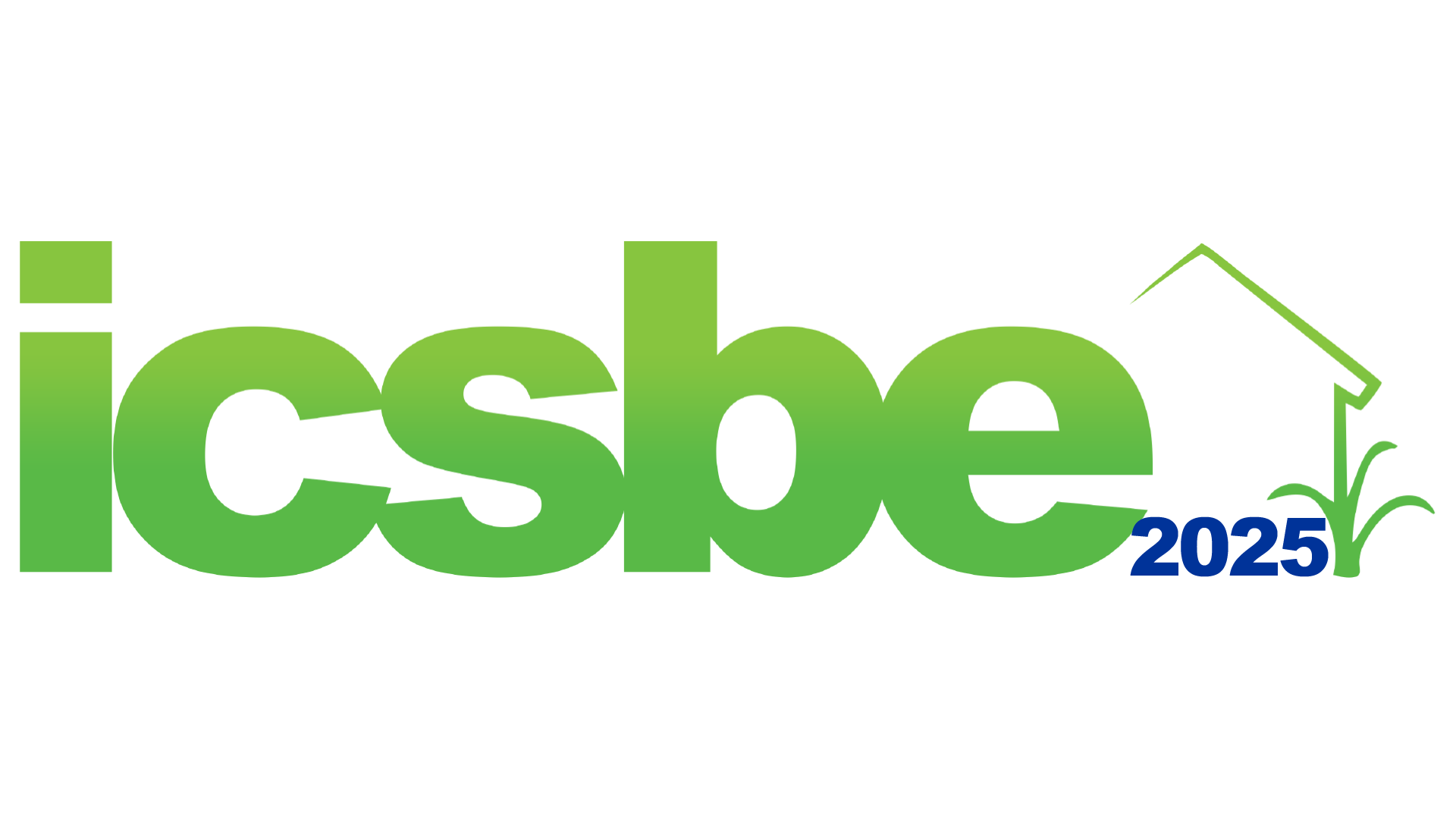RELATIONSHIP ANALYSIS BETWEEN OPTIMIZATION UNSIGNALIZED JUNCTION AND FUEL CONSUMPTION (Case Study: Degolan Junction, Sleman, Yogyakarta)
M Kennyzyra[1]* and M A Hadi1
1 Department of Civil Engineering, University Islam Indonesia, Yogyakarta, Indonesia
[1]* Corresponding author’s email: [email protected]
DOI: https://doi.org/10.20885/icsbe.vol4.art26
ABSTRACT
Application of signalling at junction can make the delay time longer. The delay time at the junction will be related to the amounZt of fuel consumption of vehicles. In this study, research will be conducted on delays with fuel consumption at the Degolan Junction. The purpose of this study was to determine the comparison of vehicle fuel consumption between the unsignalized junction and signalized junction. Junction performance analysis was carried out based on IHCM 1997. The fuel consumption analysis is carried out based on the length of the delay using the equation from LAPI-ITB. Furthermore, data analysis was carried out using linear regression analysis. Based on the results of the analysis, it was found that the average fuel consumption at the Degolan Junction when the junction conditions were not signalled was 9.553 liters/junction. Meanwhile, when signalling is applied to the Degolan junction with details, alternative 1 produces an average fuel consumption of 40,144 liters/ junction, alternative 2 produces an average fuel consumption of 40,646 liters/ junction, and alternative 3 produces an average fuel consumption of 39,937 liters/junction. The results of the analysis show that the performance of the junction in the form of delay has an influence on fuel consumption.
Keywords: fuel consumption, intersection, delay time
REFERENCES
Badan Pusat Statistik D.I.Yogyakarta 2022 Provinsi Daerah Istimewa Yogyakarta Dalam Angka. (Yogyakarta: Penerbit Badan Pusa Statistik Provinsi D.I. Yogyakarta).
Sriwati, Said L B, and Maryam, H 2019 pengaruh pertumbuhan kendaraan dan kapasitas jalan terhadap kemacetan di Ruas Jalan Perintis Kemerdekaan Jurnal Ilmiah Nasional, Vol. 3, No. 1, 79-86.
Munawar A 2006 Manajemen Lalu Lintas Perkotaan. (Yogyakarta: Beta Offset).
Direktorat Jenderal Bina Marga 1997 Manual Kapasitas Jalan Indonesia (Jakarta: Penerbit Bina Marga)
Iduwin T and Purnama D D 2018 evaluasi kinerja simpang tak bersinyal (studi kasus : Simpang Tiga Jambu Jl. Raya Duri Kosambi) Jurnal Forum Mekanika, Vol. 7, No. 2, 111-116.
Putra, A P 2012 Analisis Hubungan Kinerja Simpang Bersinyal Terhadap Konsumsi Bahan Bakar di Kota Surakarta Skripsi (Surakarta: Universitas Sebelas Maret)
Julianto E N 2007 Analisis Kinerja Simpang Bersinyal Simpang Bangkong dan Simpang Milo Semarang Berdasarkan Konsumsi Bahan Bakar Minyak Tesis (Semarang: Universitas Dipenogoro)
Khafidz L, Sumarsono A, and Amirotul MHM 2016 hubungan tundaan dan panjang antrian terhadap konsumsi bahan bakar minyak pada lajur pendekat simpang (Studi Kasus Pada Jalan Arteri Kota Surakarta) Jurnal Matriks Teknik Sipil. 774-780.
Fhadil M 2019 Analisis Simpang Bersinyal dan Hubungan Panjang Antrian dan Waktu Tundaan Terhadap Konsumsi Bahan Bakar Minyak (Studi Kasus: Simpang Bersinyal UPN Yogyakarta) Tugas Akhir (Yogyakarta: Universitas Islam Indonesia)
Sinambela T P, Kumaat M, and Pandey S V 2021 analisa hubungan kinerja simpang bersinyal dengan konsumsi bahan bakar (Studi Kasus: Simpang Jl. A.A. Maramis-Jl. Ringroad II) Jurnal TEKNO, Vol. 19, No. 78, 159-170.
Isnaeni M 2003 Efek Lingkungan Interaksi Transportasi dan Tata Ruang Kota Tesis (Bandung: Institut Teknologi Bandung)
Republik Indonesia 2015 Peraturan Menteri Perhubungan No. 96 Tahun 2015 tentang Pedoman Pelaksanaan Manajemen dan Rekayasa Lalu Lintas.





Leave a Reply
Want to join the discussion?Feel free to contribute!